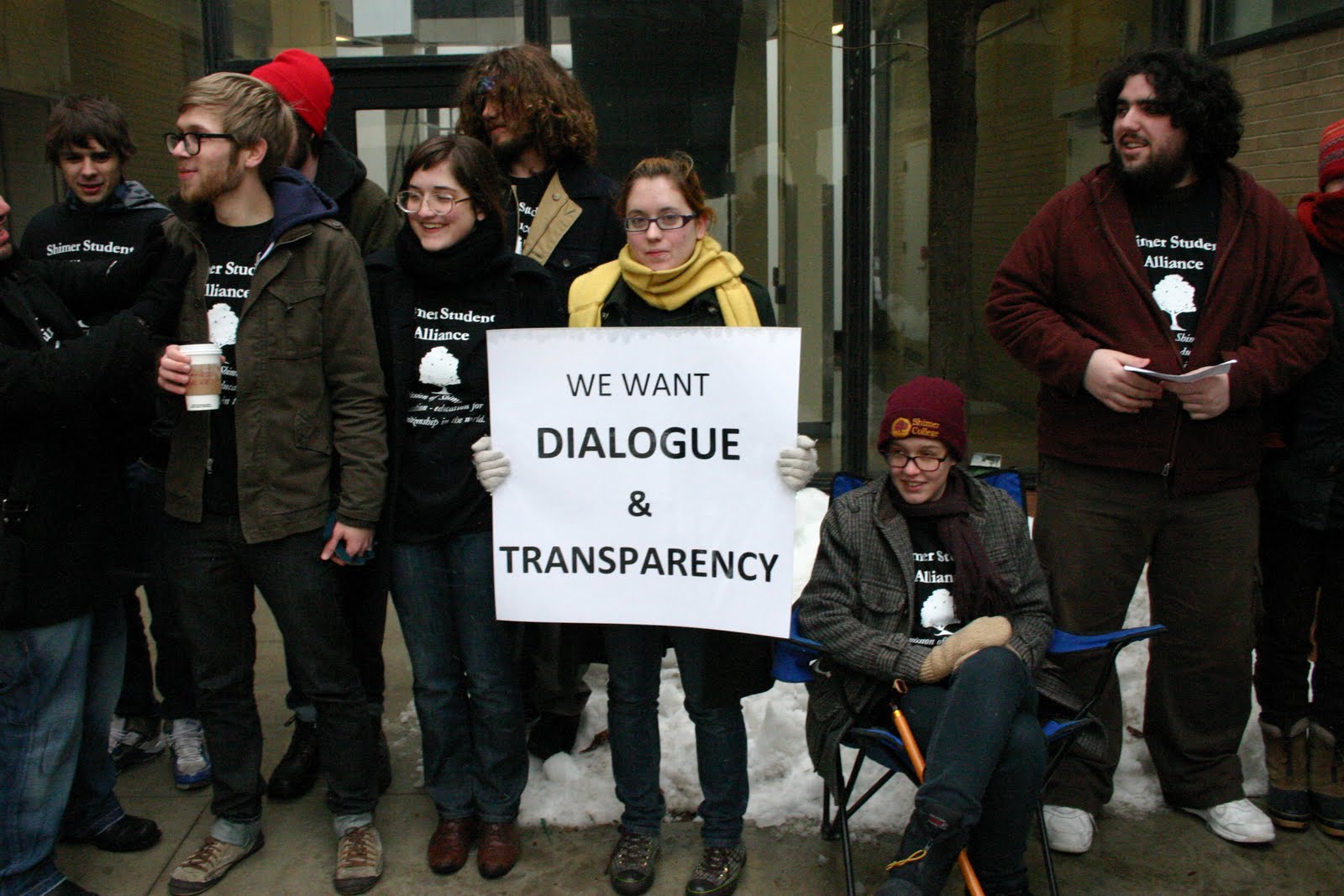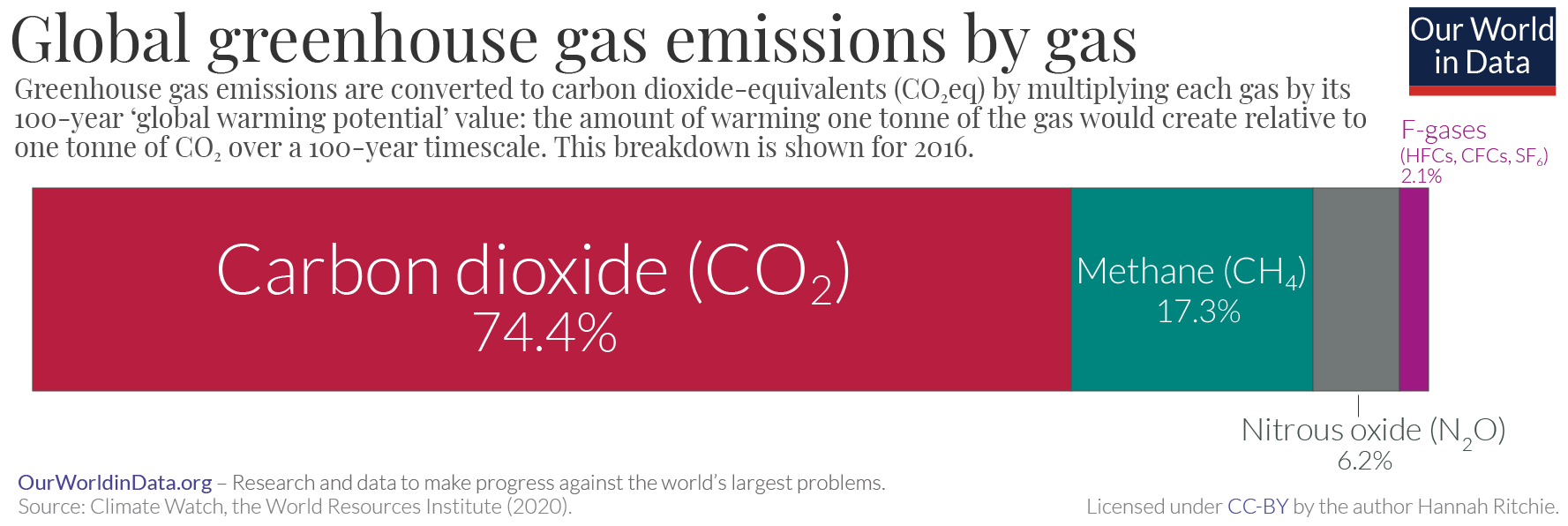|
Save The Climate
Save The Climate () is a French association created in 2004 by Hervé Nifenecker, Roger Balian, Rémy Carle and Bernard Lerouge. In May 2012, five associations are members and thousands of people have signed its manifesto. Its purpose is to fight against global warming and provide public information on topics fundamental to sustainable development, the environment, and energy, through eliminating the use of fossil fuels in France by maintaining the share of nuclear power generation in parallel with the use of "heat-like" renewable energy. The association is approved by the French government as a combination of popular education. Activities and key dates In 2010, Save the Climate's transparency score is 9 out of 10 in the barometer of NGO transparency achieved by the French Prometheus Foundation. According to the 2010 Transparency Barometer non-governmental organizations, the organization of the association class in twelfth position of 107 NGOs evaluated. In 2011, Save the C ... [...More Info...] [...Related Items...] OR: [Wikipedia] [Google] [Baidu] |
Roger Balian
Roger Balian (born 18 January 1933) is a French-Armenian physicist who has worked on quantum field theory, quantum thermodynamics, and theory of measurement. Balian is a member of the French Academy of Sciences. His important works include the Balian-Low theorem. He teaches statistical physics at the École polytechnique (, ; also known as Polytechnique or l'X ) is a ''grande école'' located in Palaiseau, France. It specializes in science and engineering and is a founding member of the Polytechnic Institute of Paris. The school was founded in 1794 by mat .... [...More Info...] [...Related Items...] OR: [Wikipedia] [Google] [Baidu] |
Fossil Fuels
A fossil fuel is a flammable carbon compound- or hydrocarbon-containing material formed naturally in the Earth's crust from the buried remains of prehistoric organisms (animals, plants or microplanktons), a process that occurs within geological formations. Reservoirs of such compound mixtures, such as coal, petroleum and natural gas, can be mining, extracted and combustion, burnt as fuel for human consumption to provide energy for direct use (such as for cooking, heating or lighting), to power heat engines (such as steam engine, steam or internal combustion engines) that can propulsion, propel vehicles, or to electricity generation, generate electricity via steam turbine generators. Some fossil fuels are further petroleum refining processes, refined into derivative (chemistry), derivatives such as kerosene, gasoline and diesel fuel, diesel, or converted into petrochemicals such as polyolefins (plastics), aromatic compound, aromatics and synthetic resins. The origin of fossil fu ... [...More Info...] [...Related Items...] OR: [Wikipedia] [Google] [Baidu] |
Nuclear Power Generation
Nuclear power is the use of nuclear reactions to produce electricity. Nuclear power can be obtained from nuclear fission, nuclear decay and nuclear fusion reactions. Presently, the vast majority of electricity from nuclear power is produced by nuclear ''fission'' of uranium and plutonium in nuclear power plants. Nuclear ''decay'' processes are used in niche applications such as radioisotope thermoelectric generators in some space probes such as ''Voyager 2''. Reactors producing controlled ''fusion'' power have been operated since 1958 but have yet to generate net power and are not expected to be commercially available in the near future. The first nuclear power plant was built in the 1950s. The global installed nuclear capacity grew to 100GW in the late 1970s, and then expanded during the 1980s, reaching 300GW by 1990. The 1979 Three Mile Island accident in the United States and the 1986 Chernobyl disaster in the Soviet Union resulted in increased regulation and public opposi ... [...More Info...] [...Related Items...] OR: [Wikipedia] [Google] [Baidu] |
Renewable Energy
Renewable energy (also called green energy) is energy made from renewable resource, renewable natural resources that are replenished on a human lifetime, human timescale. The most widely used renewable energy types are solar energy, wind power, and hydropower. Bioenergy and geothermal power are also significant in some countries. Some also consider Nuclear power proposed as renewable energy, nuclear power a renewable power source, although this is controversial, as nuclear energy requires mining uranium, a nonrenewable resource. Renewable energy installations can be large or small and are suited for both urban and rural areas. Renewable energy is often deployed together with further electrification. This has several benefits: electricity can heat pump, move heat and Electric vehicle, vehicles efficiently and is clean at the point of consumption. Variable renewable energy sources are those that have a fluctuating nature, such as wind power and solar power. In contrast, ''contro ... [...More Info...] [...Related Items...] OR: [Wikipedia] [Google] [Baidu] |
French Government
The Government of France (, ), officially the Government of the French Republic (, ), exercises Executive (government), executive power in France. It is composed of the Prime Minister of France, prime minister, who is the head of government, as well as both senior and junior minister (government), ministers. The Council of Ministers, the main executive organ of the government, was established in the Constitution of France, Constitution in 1958. Its members meet weekly at the Élysée Palace in Paris. The meetings are presided over by the president of France, the head of state, although the officeholder is not a member of the government. The Prime Minister may designate ministers to be titled as ministers of state (), who are the most senior, followed in protocol order by ministers (), ministers delegate (), whereas junior ministers are titled as secretaries of state (). All members of the government, who are appointed by the president following the recommendation of the prim ... [...More Info...] [...Related Items...] OR: [Wikipedia] [Google] [Baidu] |
Transparency (social)
As an ethic that spans science, engineering, business, and the humanities, transparency is operating in such a way that it is easy for others to see what actions are performed. Transparency implies openness, communication, and accountability. Transparency is practiced in companies, organizations, administrations, and communities. For example, in a business relation, fees are clarified at the outset by a transparent agent, so there are no surprises later. This is opposed to keeping this information hidden which is "non-transparent". A practical example of transparency is also when a cashier makes changes after a point of sale; they offer a transaction record of the items purchased (e.g., a receipt) as well as counting out the customer's change. In information security, transparency means keeping the arcane, underlying mechanisms hidden so as not to obstruct intended function—an almost opposite sense. It principally refers to security mechanisms that are intentionally undetectable ... [...More Info...] [...Related Items...] OR: [Wikipedia] [Google] [Baidu] |
Greenhouse Gas Emissions
Greenhouse gas (GHG) emissions from human activities intensify the greenhouse effect. This contributes to climate change. Carbon dioxide (), from burning fossil fuels such as coal, petroleum, oil, and natural gas, is the main cause of climate change. The top contributors to greenhouse gas emissions, largest annual emissions are from China followed by the United States. The United States has List of countries by greenhouse gas emissions per capita, higher emissions per capita. The main producers fueling the emissions globally are Big Oil, large oil and gas companies. Emissions from human activities have increased Carbon dioxide in Earth's atmosphere, atmospheric carbon dioxide by about 50% over pre-industrial levels. The growing levels of emissions have varied, but have been consistent among all greenhouse gases. Emissions in the 2010s averaged 56 billion tons a year, higher than any decade before. Total cumulative emissions from 1870 to 2022 were 703 (2575 ), of which 484±20 (177 ... [...More Info...] [...Related Items...] OR: [Wikipedia] [Google] [Baidu] |
Greenhouse Effect
The greenhouse effect occurs when greenhouse gases in a planet's atmosphere insulate the planet from losing heat to space, raising its surface temperature. Surface heating can happen from an internal heat source (as in the case of Jupiter) or come from an external source, such as its host star. In the case of Earth, the Sun emits shortwave radiation (sunlight) that passes through greenhouse gases to heat the Earth's surface. In response, the Earth's surface emits outgoing longwave radiation, longwave radiation that is mostly Absorption (electromagnetic radiation), absorbed by greenhouse gases. The absorption of longwave radiation prevents it from reaching space, reducing the rate at which the Earth can cool off. Without the greenhouse effect, the Earth's average surface temperature would be as cold as . This is of course much less than the 20th century average of about . In addition to naturally present greenhouse gases, burning of fossil fuels has greenhouse gas emissions, in ... [...More Info...] [...Related Items...] OR: [Wikipedia] [Google] [Baidu] |
Nuclear Power Debate
The nuclear power debate is a long-running controversy about the risks and benefits of using nuclear reactors to generate electricity for civilian purposes. The debate about nuclear power peaked during the 1970s and 1980s, as more and more reactors were built and came online, and "reached an intensity unprecedented in the history of technology controversies" in some countries. In the 2010s, with growing public awareness about climate change and the critical role that carbon dioxide and methane emissions plays in causing the heating of the Earth's atmosphere, there was a resurgence in the intensity of the nuclear power debate. Proponents of nuclear energy argue that nuclear power is the only consistently reliable clean and sustainable energy source which provides large amounts of uninterrupted energy without polluting the atmosphere or emitting the carbon emissions that cause global warming. They argue that use of nuclear power provides well-paying jobs, energy security, redu ... [...More Info...] [...Related Items...] OR: [Wikipedia] [Google] [Baidu] |
Climate Change
Present-day climate change includes both global warming—the ongoing increase in Global surface temperature, global average temperature—and its wider effects on Earth's climate system. Climate variability and change, Climate change in a broader sense also includes previous long-term changes to Earth's climate. The current rise in global temperatures is Scientific consensus on climate change, driven by human activities, especially fossil fuel burning since the Industrial Revolution. Fossil fuel use, Deforestation and climate change, deforestation, and some Greenhouse gas emissions from agriculture, agricultural and Environmental impact of concrete, industrial practices release greenhouse gases. These gases greenhouse effect, absorb some of the heat that the Earth Thermal radiation, radiates after it warms from sunlight, warming the lower atmosphere. Carbon dioxide, the primary gas driving global warming, Carbon dioxide in Earth's atmosphere, has increased in concentratio ... [...More Info...] [...Related Items...] OR: [Wikipedia] [Google] [Baidu] |
Climate Change Organizations
Climate is the long-term weather pattern in a region, typically averaged over 30 years. More rigorously, it is the mean and variability of meteorological variables over a time spanning from months to millions of years. Some of the meteorological variables that are commonly measured are temperature, humidity, atmospheric pressure, wind, and precipitation. In a broader sense, climate is the state of the components of the climate system, including the atmosphere, hydrosphere, cryosphere, lithosphere and biosphere and the interactions between them. The climate of a location is affected by its latitude, longitude, terrain, altitude, land use and nearby water bodies and their currents. Climates can be classified according to the average and typical variables, most commonly temperature and precipitation. The most widely used classification scheme is the Köppen climate classification. The Thornthwaite system, in use since 1948, incorporates evapotranspiration along with temperature ... [...More Info...] [...Related Items...] OR: [Wikipedia] [Google] [Baidu] |



